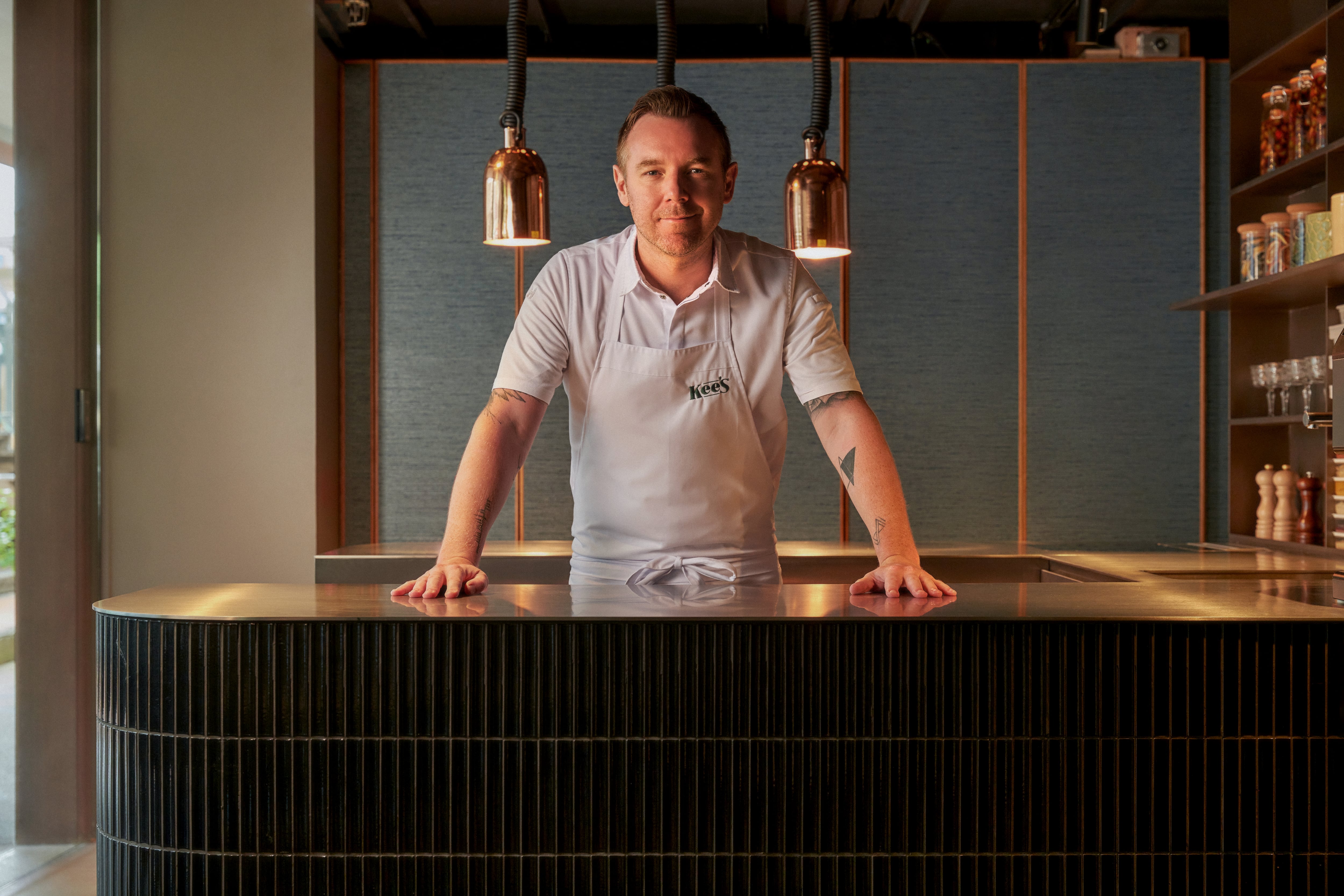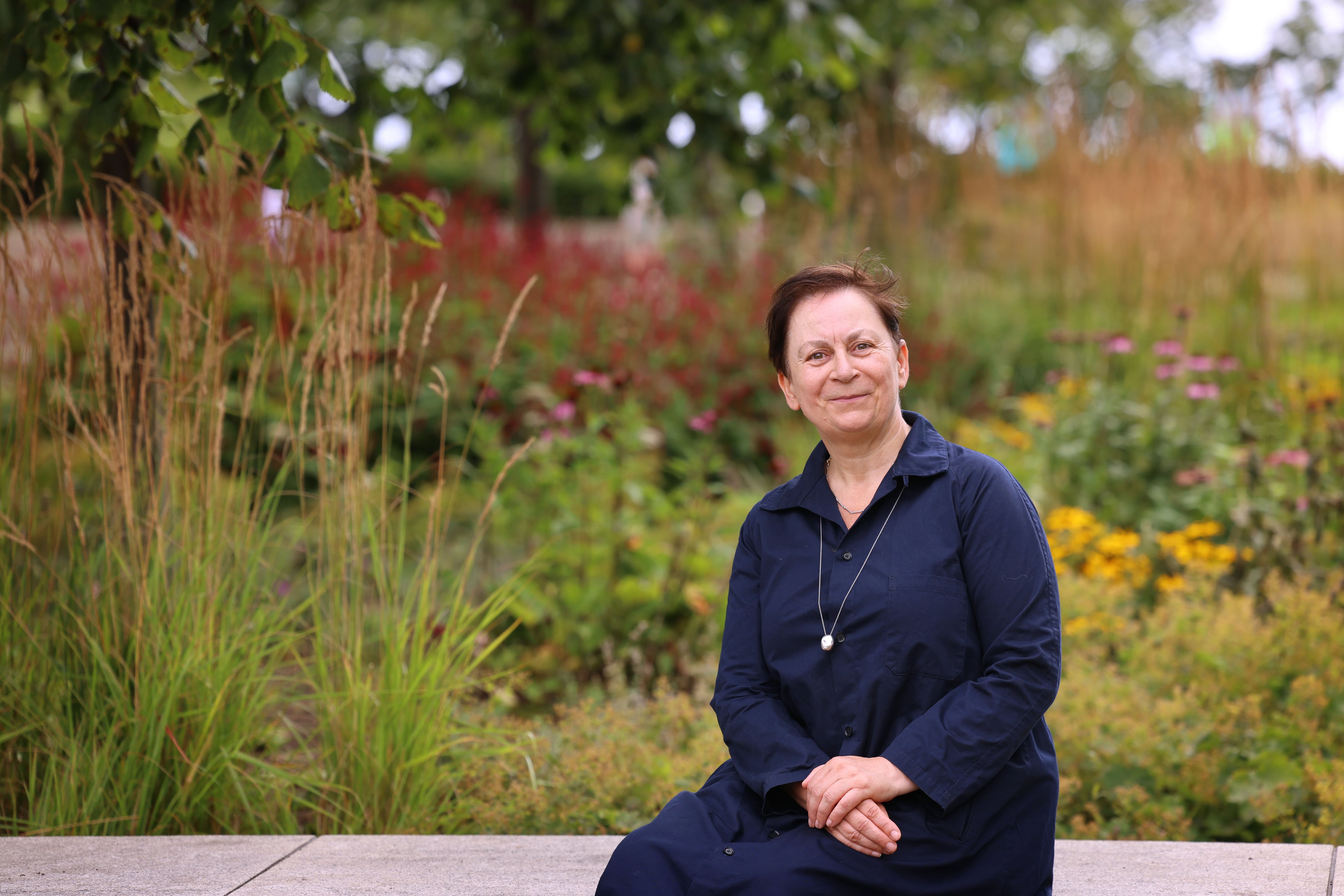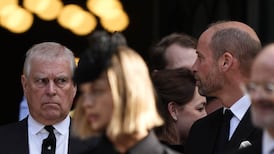It would take a tortuously complicated scenario like that of the marvellous Ealing comedy, Kind Hearts and Coronets, for Andrew Mountbatten-Windsor now to ascend the seven steps to the throne. Though stripped of titles and home, he remains eighth in line. In the reduced luxury of his Sandringham pad, he may perhaps be reflecting ruefully on the fictional tale of Louis D’Ascoyne Mazzini, eventual 10th duke of Chalfont, and the latter’s serial murders of relations standing in line ahead of him to that title.
The British monarchy has not historically been averse to such extreme methods, judicial and extrajudicial, to dispose of troublesome senior relatives (not to mention, some would say, in its dealings with its colonial subjects). However hard-done-by Andrew feels about his brother’s treatment of him, he might do well to thank his lucky stars that he was born in a different era, one in which the royal prerogative has been so democratically curtailed. The Tower of London, for one, is no longer available for royal incarceration.
Nor, in the age of transparency and global media ubiquity, is the family’s option of cover-up of misdeeds by royals available. That was the preferred option in handling Edward VIII who, post-abdication – according to papers recently made public – advised German diplomats of his opposition to the war. They reported to Berlin that “the duke definitely believes that continued severe bombing would make England ready for peace”. An association with sex trafficker Jeffrey Epstein is small beer by comparison.
Although the British government was aware of Edward’s contacts, it decided to cover up the conduct which could have shaken even the most ardent monarchist’s faith in the hereditary system. They gave him a post as governor-general of Bermuda, and eventually allowed him to live out his last 35 years in peaceful exile.
READ MORE
The most recent precedent for removing a dukedom is the 1919 case of Ernest Augustus, duke of Cumberland and Teviotdale and a descendant of George III, who was a UK royal and a prince of Hanover. He was punished for supporting Germany in the first World War.
Going back further, there is a far gorier history of royal family purges, most often involving women – the 16th century was particularly bloody.
The denunciation for adultery in 1314 of Marguerite and Blanche of Burgundy, daughters-in-law of King Philip IV of France and sisters-in-law to Edward II of England, led to imprisonment for life. Both their lovers – who were brothers – were castrated (their genitals thrown to dogs) while they were still alive, before being executed.
The “princes in the Tower”, the young, deposed King Edward V and his brother Prince Richard of Shrewsbury, duke of York, were heirs to the throne of King Edward IV. They were lodged in the Tower of London in 1483 by their paternal uncle and regent, Richard, duke of Gloucester, who appears to have ordered their murder or disappearance before ascending to the throne as Richard III.
George, duke of Clarence, was executed in 1478 in the Tower following his conviction for high treason in parliament. Tradition has it that he was drowned in a butt of malmsey (Madeira) wine, by order of his brother, King Edward IV.
Henry VIII famously had two of his six wives, Anne Boleyn and Catherine Howard, beheaded in 1536 and 1542 respectively – both allegedly for treasonous adultery, but also for failing to produce male heirs.
And then there was the “nine-day queen”, Lady Jane Grey, executed at the age of 16 in 1554, at the behest of her ambitious cousin, Mary Tudor, in a bid to turn back the Protestant Reformation.
After prolonged imprisonment, Mary Queen of Scots was tried and executed for treason in 1587 – her head was parted from her body only after three blows of the axe. While in captivity, Elizabeth I secretly wrote to her custodian asking him to murder her cousin quietly – he refused. Elizabeth is also suspected, though without evidence, of ordering the death of her “favourite”, Robert Dudley’s wife, who turned up dead at the bottom of a staircase.
Such English royal bloodletting was never quite as gruesome as the 18th-century story described by Lady Hyegyeong, wife to the mad and murderous Prince Sado, heir to the Korean throne. Tradition dictated that Lady Hyegyeong and their son should also be punished if Prince Sado was executed. So the king came up with an ingenious solution to safeguard his daughter-in-law and heir, by forcing Sado to step into a rice chest that was then locked – so that, technically, he caused his own death. He died eight days later.
[ Irish should try to understand why Britons believe in monarchyOpens in new window ]
Andrew is lucky to be born in more enlightened times, but his arrogance and sense of entitlement will ultimately – despite his brother’s desperate and belated attempts to distance the Firm from its black sheep – be another nail in the coffin of an obsolete anachronism.











